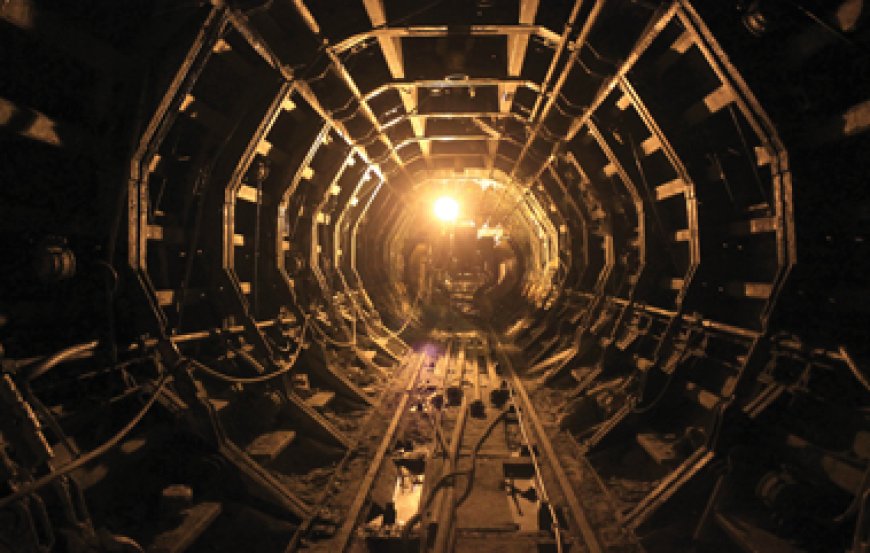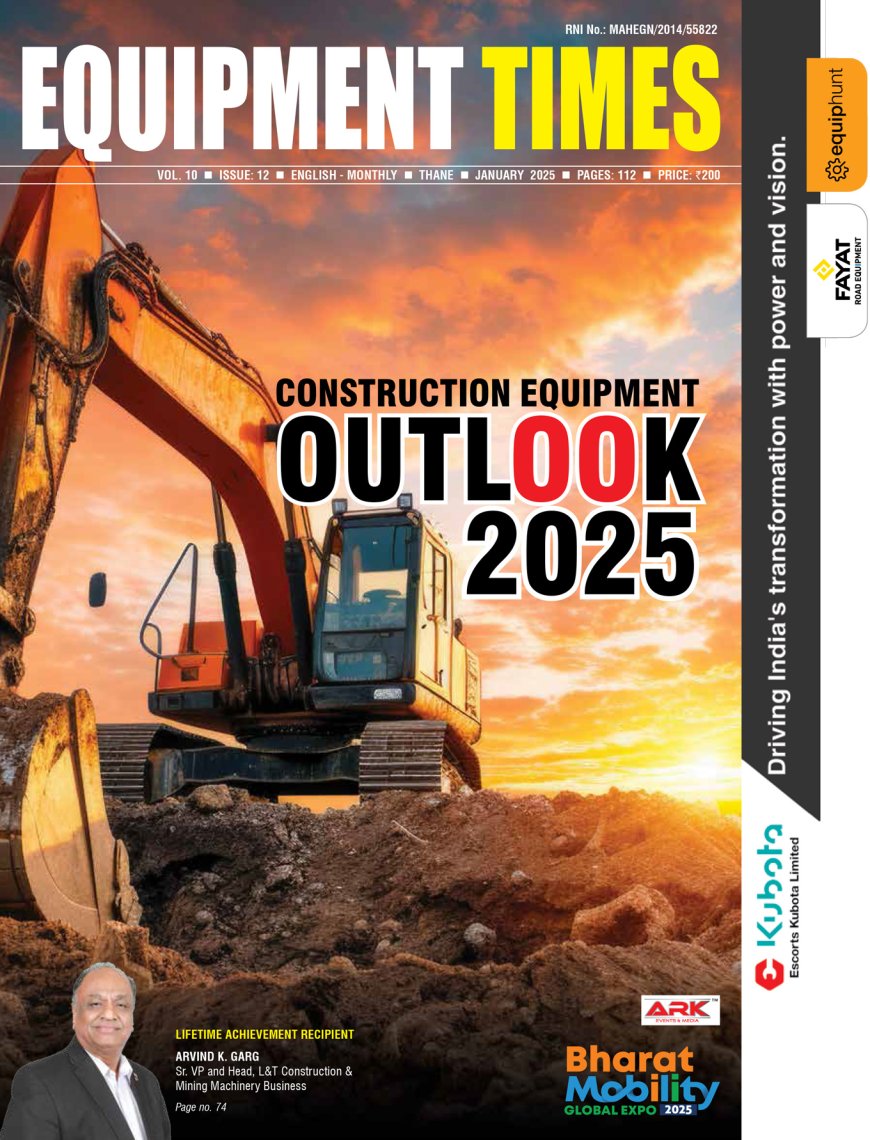A World Record in Long Distance Pumping
Schwing Stetter India created a world record long distance pumping job for 2,432 km horizontal in a single stage for Sainj Hydroelectric Power Project. The100 MW Sainj Hydroelectric Power Project by Himachal Pradesh Power Corporation (HPPCL) was constructed by Hindustan

Schwing Stetter India created a world record long distance pumping job for 2,432 km horizontal in a single stage for Sainj Hydroelectric Power Project.
The100 MW Sainj Hydroelectric Power Project by Himachal Pradesh Power Corporation (HPPCL) was constructed by Hindustan Construction Company (HCC). The project is a run of the river development on river Sainj, a tributary of river Beas in Kullu district of Himachal Pradesh, India. It is approximately 52 km from Kullu.
The project comprises of a diversion barrage, intake arrangement for drawing 35.88 m3 of water, two underground de-silting chambers with two chambers of 145 m x 15 m x 7 m size each, to eject all silt particles down to 0.2 mm, a 6,300 m long 3.76 m diameter modified horse shoe shaped Head Race Tunnel (HRT), an underground restricted orifice type 9 m diameter and 87 m high surge shaft, a 2.75 m diameter 550 m long steel lined pressure shaft taking off from surge shaft, further bifurcating to feed two Pelton vertical axis turbines, each generating 50 MW power located in an underground power house on the right bank of the river Sainj, near village Suind.
Long Distance Pumping
Schwing SP 4800 D was used for the Head Race Tunnel lining through long distance pumping. It was chosen to meet all the challenges encountered in the hilly region along with the selected pipeline configuration. Concrete pipeline of DN 150 with varying thickness of 10 mm near the pump, as well as 8 mm, 7 mm and 4 mm was used. First phase pipeline length is of 1380 m. Second phase length is of 2700 m. Third phase length is of 2350 m. Fourth phase length is of 2000 m. The total pumping distance is of 1.36 km on the upstream side and 2.432 km on the downstream side.
An important part of the pipeline is the clamp wherein very high pumping pressure takes place. The concrete pump could be operated on both sides, i.e the piston side (for long distances) and the rod side (for short distances). Concrete grade is of M-25 with total concrete poured and produced is around 45,137 m3. Schwing Stetter Service team was given the order and maintenance contract to execute the pumping.
Challenges Encountered
While attempting long distance concrete pumping, selection of concrete pump, layout of concrete conveying pipeline, selection and quality control of concrete materials, dealing with diverse climatic conditions and safe execution of all construction operations are crucial.
Selection of concrete pump – continuous inspections and maintenance to avoid breakdown and the continuity of the long distance pumping was ensured.
Pipeline installation and maintenance – the right pipe diameter (150mm dia.) and thickness was designed to withstand high pumping pressure. Design for the pipeline layout had to be efficient to keep the required flow rates and at the same time stable during operations. Cleaning of the pipeline must be thorough as even a small chunk of concrete remaining inside the pipeline has the potential for disrupting the pumping operation.
Concrete Materials – controlling the variations in concrete materials was the key to control the quality and consistency of concrete. Concrete mix was able to meet the concreting requirements associated to pumping distance, temperatures and relative humidity inside and outside the tunnel.
Climatic Condition – located in the Himalayan region with diverse temperatures ranging from 5°C to 35°C.
Safety – pumping concrete in long distance involved working with high sustained pressure compared to conventional concreting. Safe working conditions like adequate ventilation and lighting are crucial. Schwing Stetter equipment were chosen for safety, durability, long service life, cost effective, least pressure drops at bends, less wear of pipeline. Seamless planning and execution was very vital in creating a world record of this mammoth sized operation.
The Rs. 800-crore hydro project, funded by the Asian Development Bank, will generate 322 MU per
annum. The state is expected to earn revenue of Rs. 150 crore by selling electricity from it.
Hits: 149










